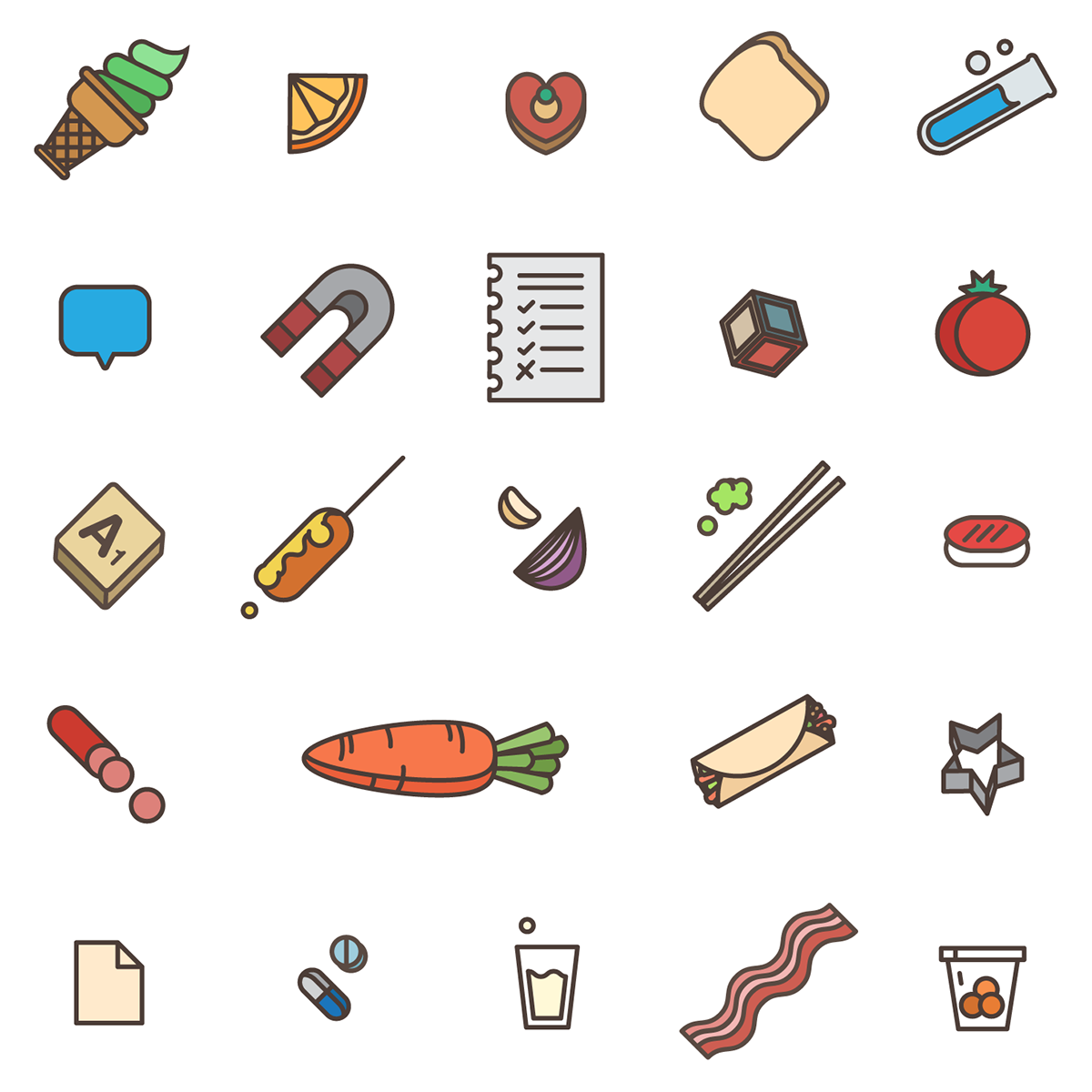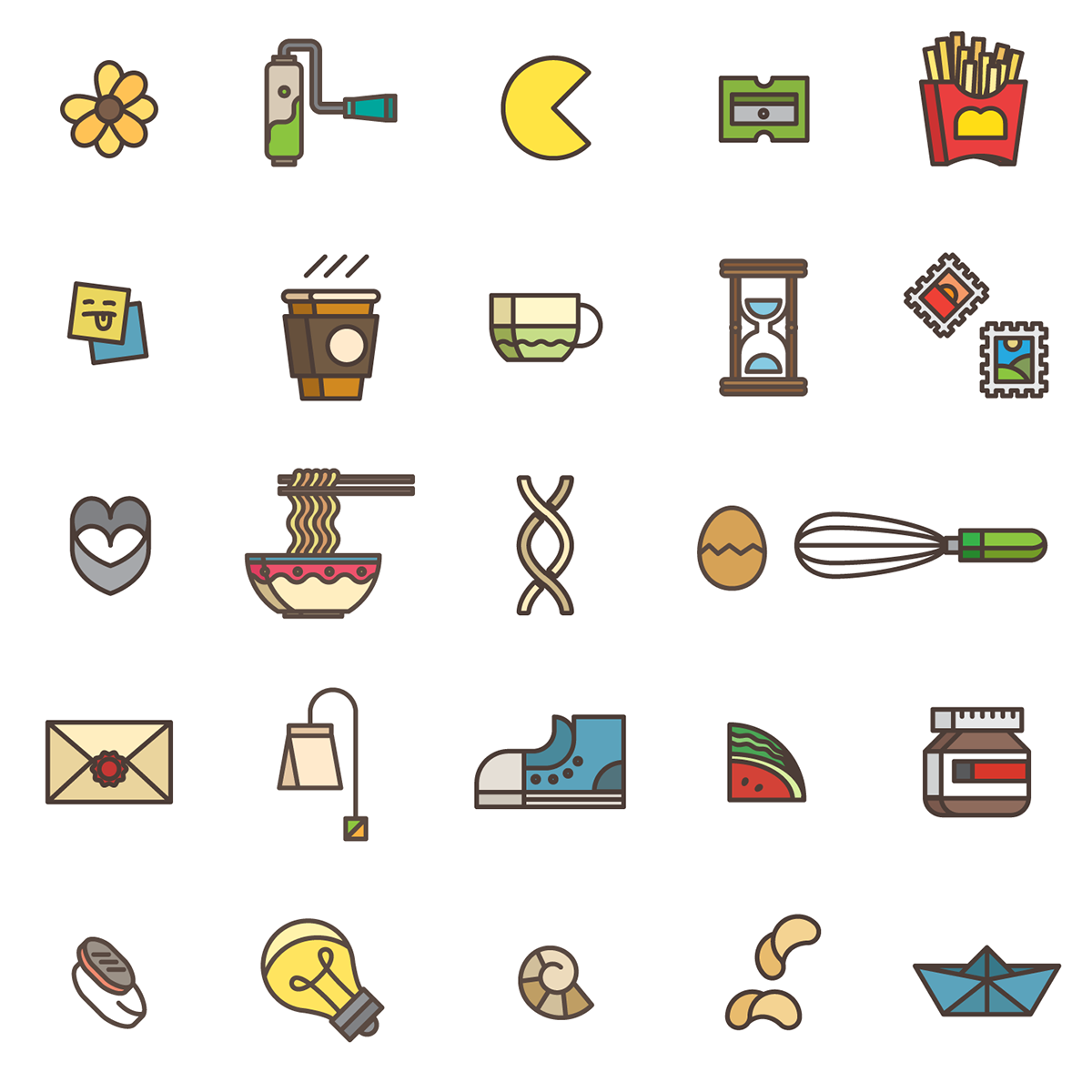TOK Exhibition Help and Advice

If you feel you need a little extra help and advice with your TOK exhibition,
particularly if your teacher has been a little vague, I'd be delighted to help.
The key to a successful TOK exhibition is to select an IA to which you can provide
a convincing answer.
You then choose the remaining exhibition components
- knowledge theme, real-world contexts, objects & images -
so as to illustrate your answer.
This will provide the all-important common thread unifying your exhibition's three chosen objects.
Here is the help and advice I offer for the TOK exhibition:
IB ToK exhibition planning help

My help and advice for planning your TOK exhibition is entirely based on the IB's
TOK exhibition assessment criteria.
Every choice and decision you make when planning your exhibition - IA, knowledge theme, real-world contexts, objects & images -
should be driven by the criteria.
In my exhibition planning tuition, I work with you to help you select the IA and knowledge theme that
help you explore different knowledge perspectives and communities of knowers. The central goal is to provide
well-evidenced, justified and convincing links between the objects and the IA.
At the end of the exhibition planning tutorial you will have a plan for the 950-word commentary, including:
your real-world contexts, objects, images, keywords and an assessment checklist.
Help choosing TOK exhibition objects

I strongly recommend choosing your TOK exhibition's three real-world contexts first,
and then choosing your exhibition objects to reflect those contexts.
Also, if you choose a real-world context that is of interest to you,
but two others that are of concern to different communities of knowers,
this will enable you to contrast alternative knowledge perspectives.
So you may be interested in climate change, for example,
in which case one of your exhibition objects might be a thermometer that represents global warming.
Other communities of knowers might be concerned with fake news, for example,
in which case a possible object might be the Disney character Pinocchio.
Possible links between these two chosen exhibition objects might then focus on truth, trust and reliability.
Reviewing & marking TOK exhibition commentary

All my exhibition commentary marking is driven by the
IB's TOK exhibition assessment criteria, so you can be assured
that your exhibition commentary is meeting the correct objectives and you'll know how to improve it substantially.
I'll return your exhibition commentary with detailed contextual comments, a summary comment, and grade out of 10;
I'll also correct any grammatical or spelling errors.
Whilst I can sometimes mark exhibition commentaries at short notice, it's best to allow 36-48 hours to be
sure.
TOK exhibition assessment criteria

The IB holds the copyright on its TOK Study Guide and TOK exhibition assessment criteria,
so unfortunately it's not possible to publish them on my website. However, if you email me
I'll be able to send them to you.
The main requirement is that you state the real-world context of each exhibition object explicitly and
establish, with evidence and justification, the links between the object and the IA. The extent to which
make these links convincing, determines to a large extent your grade.
TOK exhibition example

Students working with me receive a TOK exhibition example. This forms part of the study materials
that you receive with my exhibition planning tutorial .
The exhibition example will include
an annotated exhibition commentary, explaining the decisions that have been made in constructing
and writing the commentary. This will help you plan and write your own commentary.
The exhibition example also illustrates how each choice you make should be decided by consulting
the IB TOK exhibition assessment criteria.
This will provide the justification for the mark you
can reasonably expect to receive.








